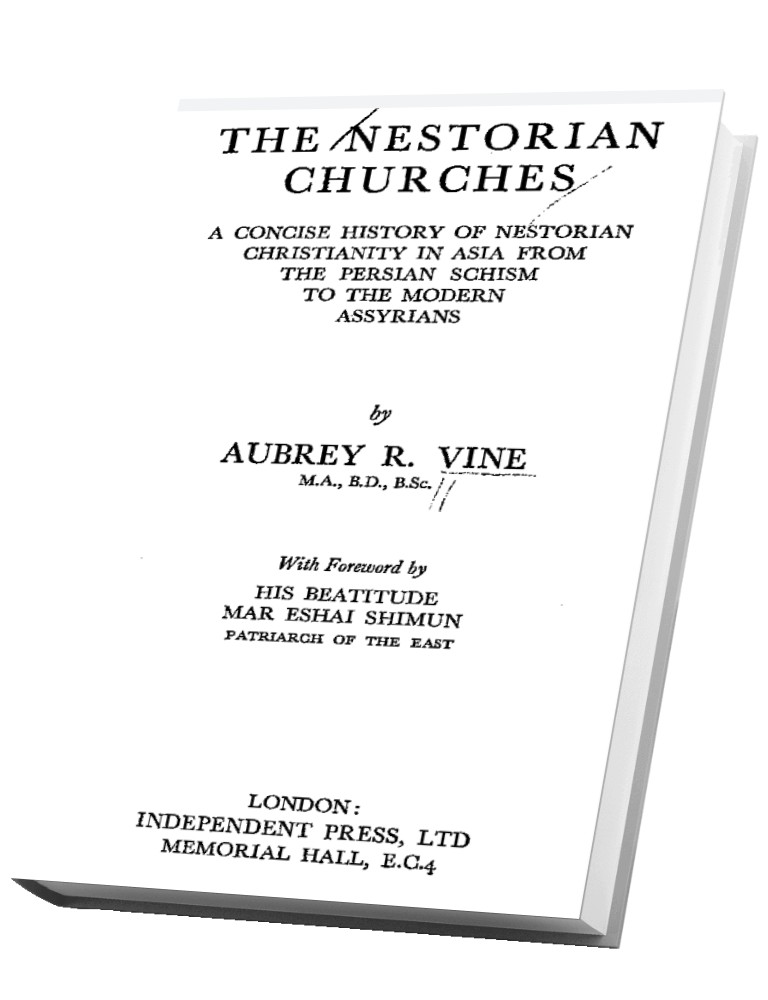Church of the East
From early in its history, the Church of the East was a strongly missionary church. It was separated from the main Christian church in the west after the Council of Ephesus in year 431. Since it was branded as heretics by the Western church, it could not go west. It had no choice but to take their messages to the east. It's missionaries ventured to Central Asia and eventually landed in China around year 600. The church is also called the Assyrian Church of the East.
Below are photos of two churches: (1) The Cathedral Church of Saint Mary in Toronto, Canada, and (2) St. Hurmizd's Cathedral in Sydney, Australia:
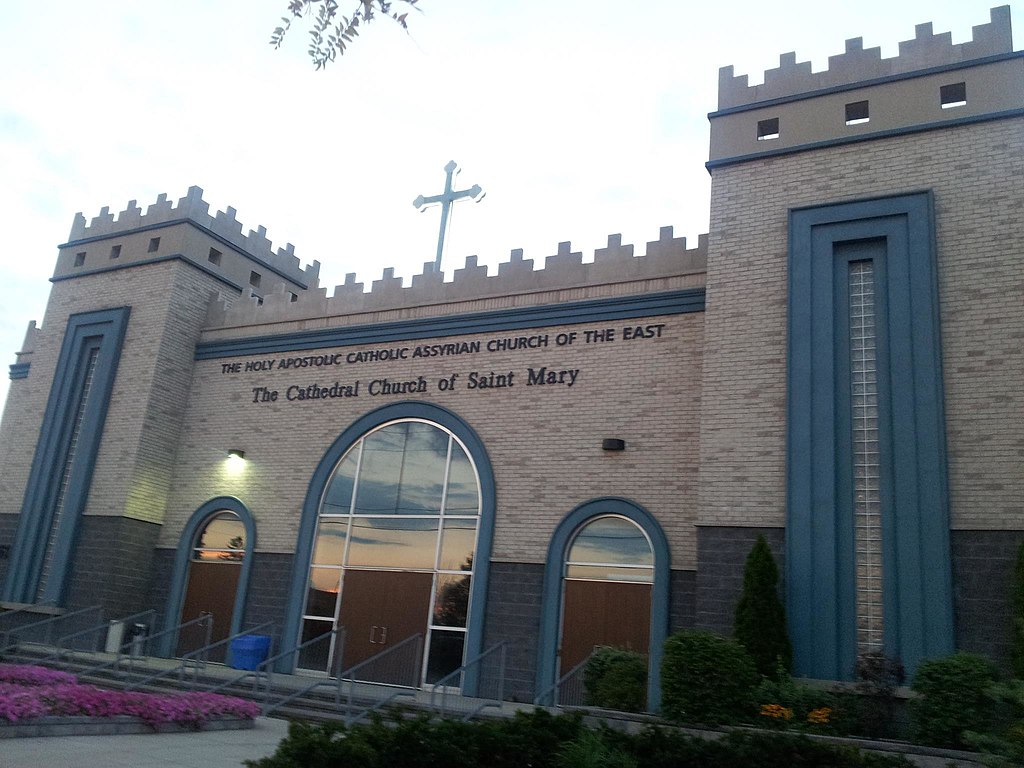
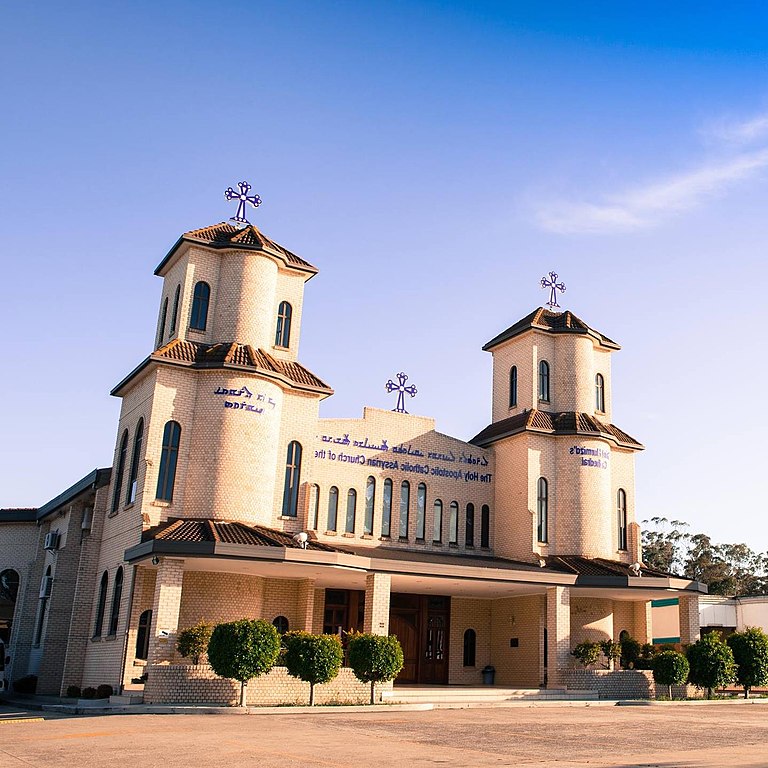
(pictures are from Wikipedia)
The Church of the East, also called the Persian Church, or the Nestorian Church, is an Eastern Christian church of the East Syriac Rite. It originated in Asia Minor and Syria. It was one of three major branches of Eastern Christianity that arose from the Christological controversies of the 5th and 6th centuries.
The Church of the East organized itself in 410 CE as the national church of the Sassanid Empire of Persia through the Council of Seleucia-Ctesiphon (note: Seleucia-Ctesiphon was the capital of the Sassanid Empire). It faced intermittent persecution in Persia until 424 CE when it declared itself independent of the church structure of the Roman Empire, thereby freeing itself of suspicions about foreign links. The church formally broke from the rest of Christendom after the Council of Ephesus of 431 CE.
The Church of the East was headed by the Patriarch of the East seated in Seleucia-Ctesiphon, continuing a line that stretched back to the Apostolic Age. According to its tradition, the Church of the East was established by Thomas the Apostle in the first century CE. Its liturgical rite was the East Syrian rite that employs the Divine Liturgy of Saint Addai, also of the first century.
After the Arab conquest of Persia (around 637 CE), the caliphate recognized the Church of the East as a millet, or separate religious community, and granted it legal protection. Nestorian scholars played a prominent role in the formation of the culture of Islam, especially during the Islamic Golden Age, and church patriarchs occasionally gained influence with rulers. For more than three centuries the church prospered under the caliphate. By the end of the 10th century there were many dioceses in 15 metropolitan provinces of the caliphate. Dioceses were also present in at least 5 countries outside of the Islamic empire, including India and China. In China a Nestorian community flourished from the 7th to the 10th century. In Central Asia some Tatar tribes were almost entirely converted. Western travelers to the Mongol realm found Nestorian Christians well established there, even at the court of the Great Khan. One traveler is a Franciscan Christian monk named William of Rubruck (1210-1270 CE). He visited Mongolia and wrote an account of his trip. He encountered Nestorians in many countries he visited.
Unfortunately, during the 14th century the Church of the East was virtually exterminated by the raids of the Turkic leader Timur. Even before it underwent a rapid decline in the 14th century, it had already lost ground in its home territory. The decline is indicated by the shrinking list of active dioceses. Around the year 1000 CE, there were more than sixty dioceses, but by the middle of the 13th century, only one third was left, and after Timur the number was reduced to seven only. Thereafter, Church of the East dioceses remained largely confined to Upper Mesopotamia and to the Saint Thomas Christians in the Malabar coast (modern-day Kerala, India).
In 1551 CE a number of Nestorians reunited with Rome and formed the Chaldean Catholic Church, and the original Nestorians were termed Assyrians. The Nestorian Church in India, part of the group known as the Christians of St. Thomas, allied itself with Rome (1599 CE) and then split, half of its membership transferring allegiance to the Syrian Jacobite (monophysite) patriarch of Antioch (1653 CE). In 1898 in Urmia, Iran, a group of Nestorians, headed by a bishop, were received in the communion of the Russian Orthodox Church.
In 2017, the Chaldean Catholic Church had approximately 628,400 members and the Assyrian Church of the East had 323,300.
Below is a painting by Church of the East found in Iraq showing four evangelists of the church:
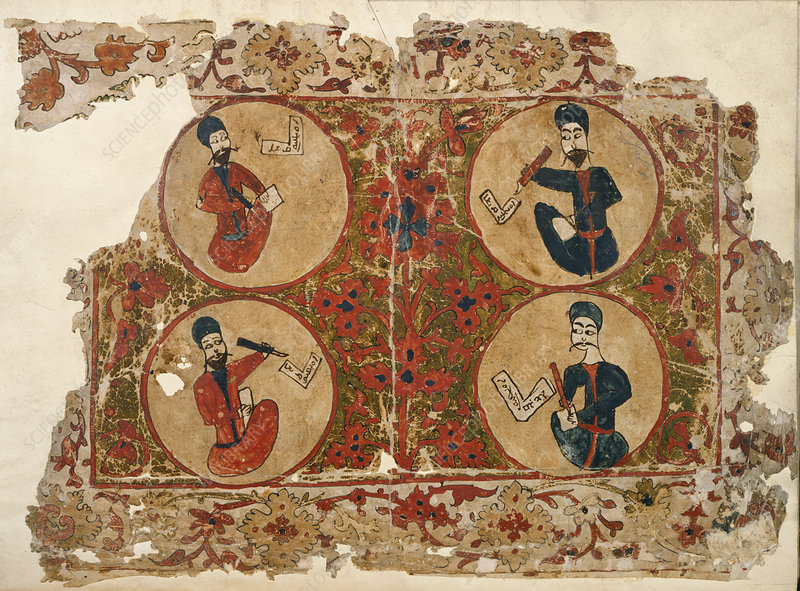
Below is a painting by Church of the East found in China showing Palm Sunday procession of Nestorian clergy:
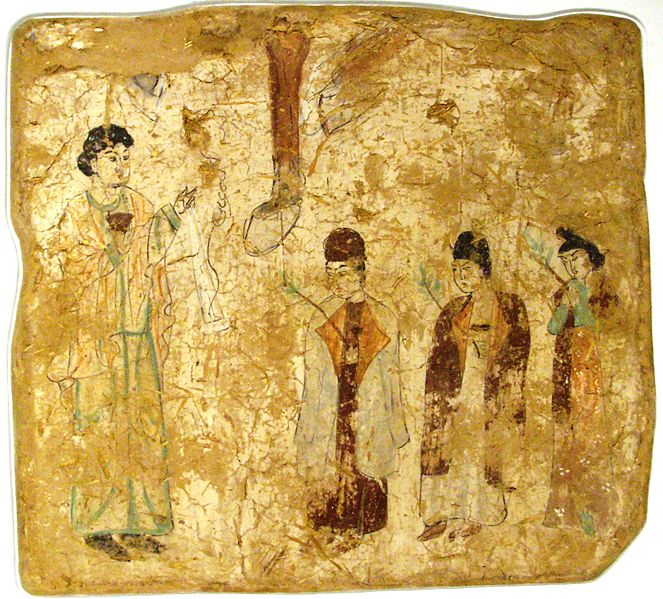
Church members in China also erected a monument describing the church. This is a picture of the top of the monument:
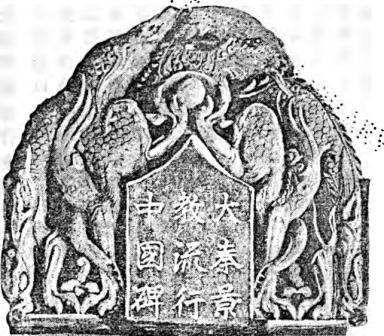
This is a book showing an English translation of the full monument and related history (note: the above picture comes from the book): The Nestorian Monument - An Ancient Record of Christianity in China.

If you like to read the church prayers, this is a document containing Two Nestorian Ritual Prayers

More books related to the religion are provided below:
Information about the authors of the book "The Oldest Christian People", available below, is copied from Wikipedia (accessed 2021). This may help readers to better evaluate the contents of the book.
"William Chauncey Emhardt (January 29, 1874 – August 5, 1950) was secretary of the Episcopal Church's Advisory Commission on Ecclesiastical Relations, and a prominent figure in ecumenical relations between Anglicans and Orthodox Christians, as well as Anglicans and Old Catholics. He was ordained to the priesthood on May 19, 1898 by Bishop Frank Rosebrook Millspaugh, Bishop of the Episcopal Diocese of Kansas.
He received his A.B. from the University of Pennsylvania in 1894, following education at the Episcopal Academy, Philadelphia. He attended the now-defunct Philadelphia Divinity School, which conferred an honorary S.T.D. on him in 1931.
He served as rector of the Trinity Church, Arkansas City, Kansas (assisting at St. John's Military School, Salina, Kansas); Church of the Ascension, Gloucester, New Jersey (1902-1907); St. Luke's Episcopal Church, Newtown, Pennsylvania (1907-1920), and on a number of ecclesiastical commissions. He was the Executive Director of the Foreign Born Division of the National Council of the Episcopal Church."
"George M. Lamsa (Syriac: ܓܝܘܪܓܝܣ ܠܡܣܐ) (August 5, 1892 – September 22, 1975) was an Assyrian author. He was born in Mar Bishu in what is now the extreme east of Turkey. A native Aramaic speaker, he translated the Aramaic Peshitta Old and New Testaments into English. He popularized the claim of the Assyrian Church of the East that the New Testament was written in Aramaic and then translated into Greek, contrary to academic consensus."
The Oldest Christian People (by William Emhardt and George Lamsa)

The following book provides a history of the Nestorian Church from early time to 1936:
The Nestorian Churches (by Aubrey R. Vine)
